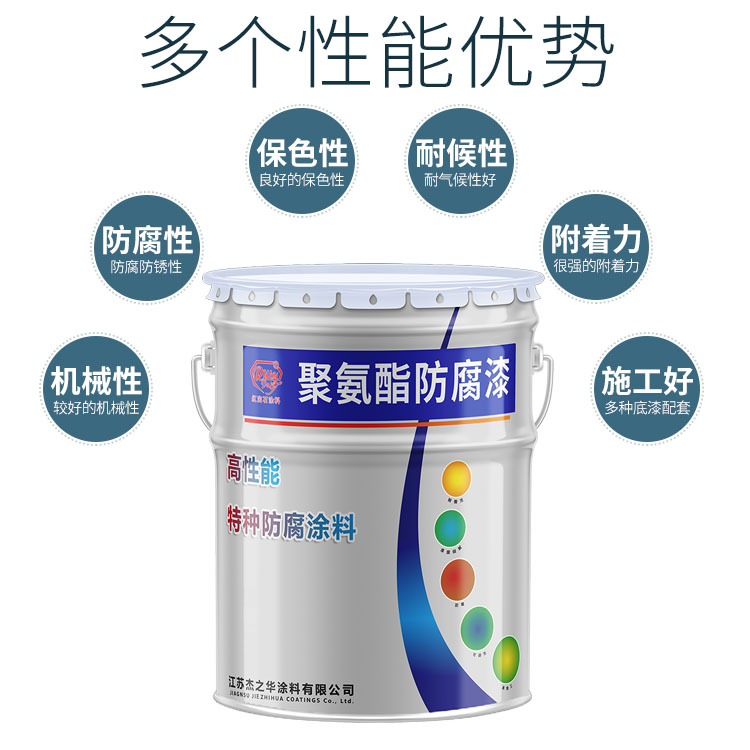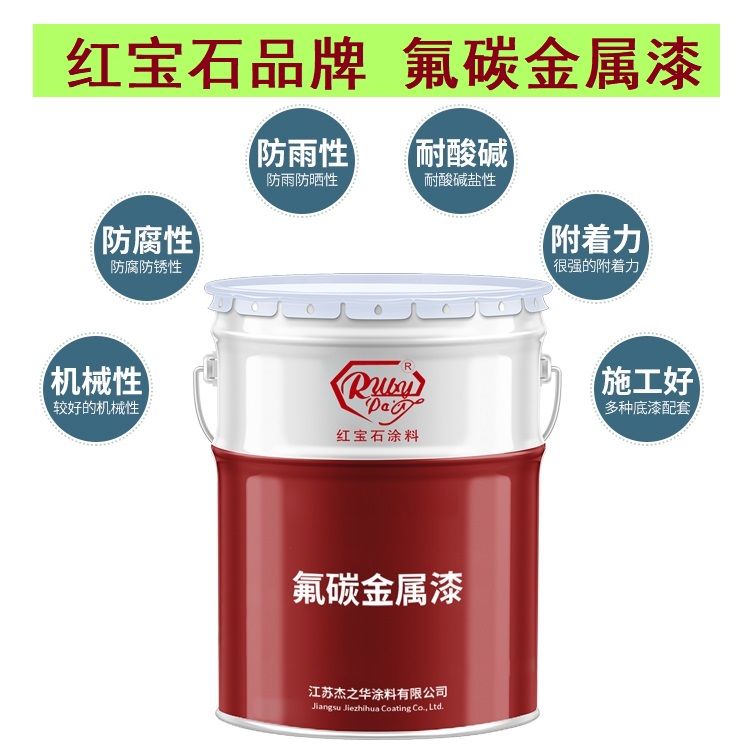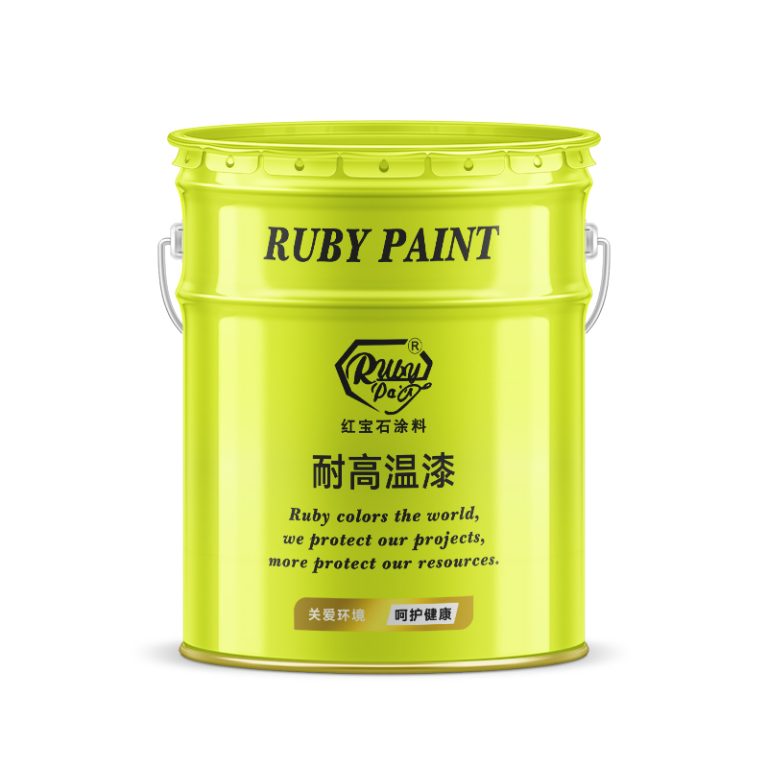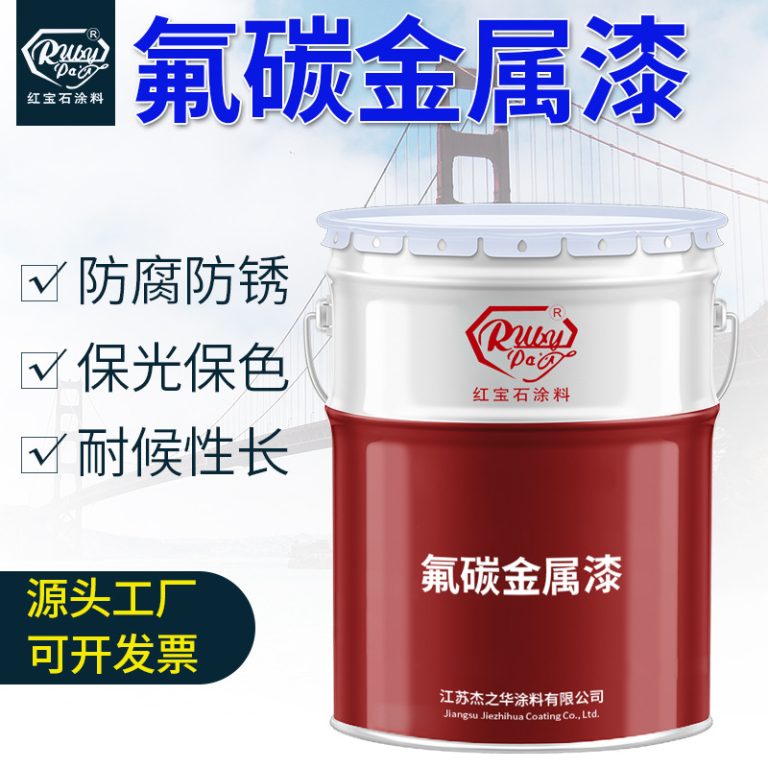Table of Contents
Understanding Epoxy Paint: Benefits and Applications for Steel Surfaces
Understanding Epoxy Paint: Benefits and Applications for Steel Surfaces
Epoxy paint for steel is a specialized coating that has been engineered to provide superior protection and durability to metal surfaces. This type of paint is a two-part system, consisting of an epoxy resin and a polyamine hardener. When these two components are mixed together, they undergo a chemical reaction that results in a hardened, protective surface. This unique formulation is what sets epoxy paint apart from other types of coatings and makes it an ideal choice for steel surfaces that are exposed to harsh conditions.
| Serial Number | Commodity Name |
| 1 | Epoxy Zinc rich paint |
One of the primary benefits of epoxy paint is its exceptional adhesion properties. The chemical bond that epoxy forms with steel is much stronger than that of ordinary paints, which means it is less likely to chip, peel, or flake over time. This strong adhesion also helps to seal the steel surface, preventing moisture and other corrosive elements from penetrating and causing rust or corrosion. As a result, epoxy paint is an excellent option for steel structures that are located in environments with high humidity, salt spray, or chemical exposure.
Moreover, epoxy paint is renowned for its durability and resistance to abrasion. Steel surfaces coated with epoxy can withstand significant wear and tear, making it an ideal choice for industrial settings where machinery and equipment are subject to constant use. The toughness of the epoxy coating ensures that the underlying steel remains protected even under the most demanding conditions, extending the lifespan of the asset and reducing the need for frequent maintenance and repainting.
Another advantage of epoxy paint is its versatility. It can be applied to a variety of steel surfaces, including tanks, pipes, machinery, and structural steel. The paint can be formulated to achieve different levels of thickness, gloss, and color, allowing for customization according to specific project requirements. Additionally, certain types of epoxy paint are designed to be resistant to high temperatures, making them suitable for steel surfaces that are exposed to extreme heat.
The application of epoxy paint requires careful preparation of the steel surface to ensure optimal results. The surface must be clean, dry, and free of any rust, oil, or other contaminants. Often, the steel is sandblasted or treated with a rust-inhibiting primer before the epoxy is applied. Once the surface is prepared, the two components of the epoxy paint are mixed and applied using brushes, rollers, or spray equipment. The paint must then be allowed to cure for a specified period, during which time it hardens into a tough, protective coating.

In conclusion, epoxy paint for steel is a high-performance coating that offers numerous benefits for protecting metal surfaces. Its strong adhesion, durability, and resistance to corrosion and abrasion make it an ideal choice for a wide range of applications, from industrial machinery to structural steel. While the application process may be more involved than that of traditional paints, the long-term protection and reduced maintenance needs provided by epoxy paint make it a cost-effective solution for preserving steel assets. By choosing epoxy paint for steel surfaces, one can ensure that they remain in excellent condition for years to come, even in the most challenging environments.
The Durability of Epoxy Coatings: Protecting Steel Structures from Corrosion and Wear
Epoxy paint for steel is a specialized coating that has been engineered to provide superior protection for steel structures against the relentless forces of corrosion and wear. This type of paint is a two-part system consisting of an epoxy resin and a polyamine hardener; when mixed together, they undergo a chemical reaction that results in a rigid, durable plastic material. The resultant coating is not only tough but also highly adhesive, making it an ideal defense for steel surfaces that are exposed to harsh environmental conditions and mechanical stress.
The durability of epoxy coatings is one of their most significant advantages. Once cured, the epoxy forms a hard, protective shell that effectively seals the steel surface from moisture, one of the primary culprits behind corrosion. This barrier prevents water and oxygen from reaching the metal, thereby inhibiting the electrochemical reactions that lead to rust and degradation. Moreover, epoxy coatings are resistant to a wide range of chemicals, making them suitable for use in industrial settings where exposure to solvents, acids, and alkalis is common.
Another aspect of the durability of epoxy paint is its resistance to abrasion and impact. In environments where steel structures are subject to frequent contact, knocks, and scrapes, maintaining the integrity of the protective coating is crucial. Epoxy coatings are known for their toughness and can withstand considerable physical abuse without chipping or flaking away. This resilience helps to ensure that the steel beneath remains unexposed and protected over the long term.
Furthermore, epoxy paint for steel is designed to adhere strongly to the metal surface, creating a bond that is difficult to break. This adhesion is critical in preventing the coating from peeling or lifting, which could expose the steel to the elements and lead to corrosion. The strong bond also means that the coating is less likely to be damaged during maintenance or when additional layers are applied, ensuring that the protection remains continuous and effective.
The application of epoxy paint requires careful preparation of the steel surface to achieve optimal results. The steel must be cleaned thoroughly to remove any rust, scale, grease, or other contaminants that could interfere with adhesion. Often, the surface is also roughened through sandblasting or other mechanical means to provide a better “key” for the coating. Once the surface is prepared, the two components of the epoxy paint are mixed and applied, typically with brushes, rollers, or spray equipment. The coating then needs to cure, a process that can take several hours to several days depending on the specific product and environmental conditions.
In conclusion, epoxy paint for steel is a highly effective solution for protecting steel structures from the detrimental effects of corrosion and wear. Its durability stems from its ability to form a hard, chemically resistant, and adhesive coating that stands up to moisture, chemicals, abrasion, and impact. By creating an impenetrable barrier and maintaining its integrity even under harsh conditions, epoxy coatings ensure that steel structures can enjoy a prolonged lifespan with minimal maintenance. As such, they are an invaluable asset in preserving the strength and functionality of steel in a myriad of applications, from industrial machinery to bridges and buildings.
| No. | Product |
| 1 | Industrial paint |





